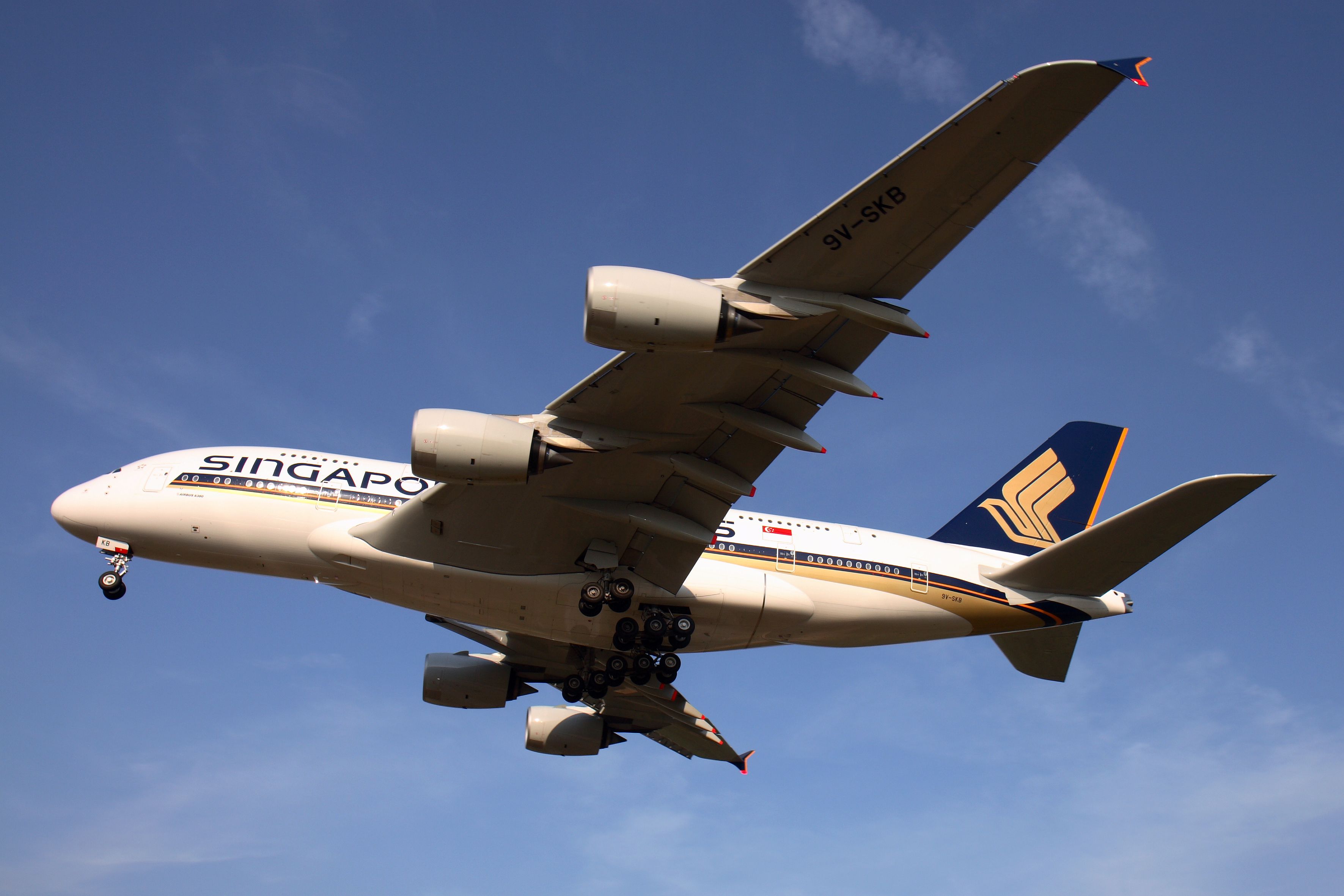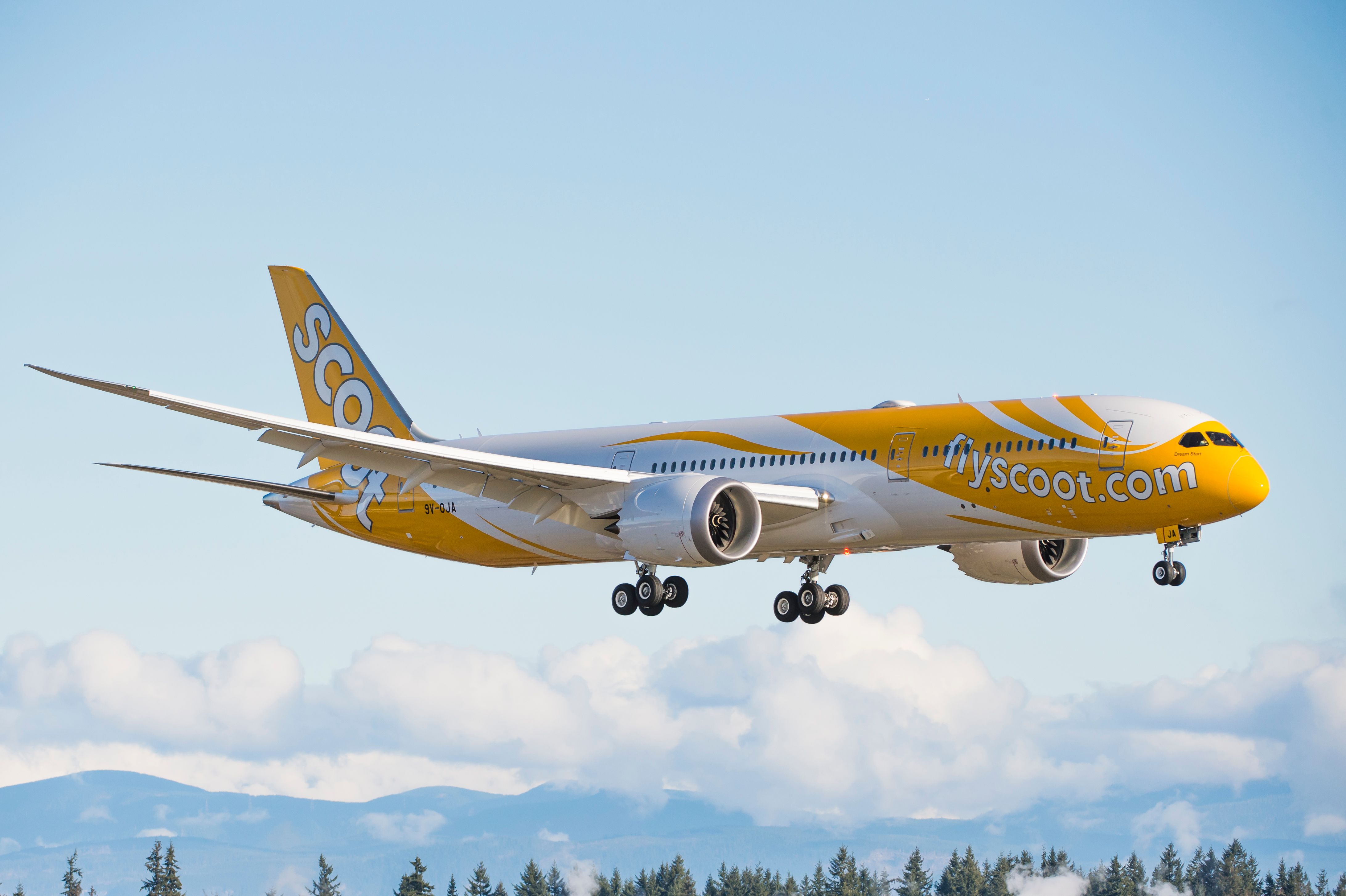The Singapore Airlines Group has moved quickly to capitalize on easing travel restrictions to Japan, Taiwan and Hong Kong. In October, the group, which includes Singapore Airlines (SIA) and Scoot, grew 6.2% month-on-month and reached 71% of pre-COVID passenger capacity.
For some months, both airlines have been constrained by the lack of access to the northeast Asian markets, and while China remains largely off-limits, attaining 100% of 2019 levels is unlikely. However, now that Japan and Taiwan are open again, it's probable that monthly traffic figures will continue to grow, particularly with the Lunar New year holidays fast approaching. Demand will also be boosted as key markets in Australia slide into their Christmas and school holiday season, so the Star Alliance carrier has a bright outlook.
Extra capacity is available when needed
In October, the group carried 2.268 million passengers, close to twelve times more than the 189,700 it carried in October 2021. The extra volumes allowed the airlines to tightly manage their capacity and produce a group passenger load factor (PLF) of 86.4%, compared to just 20% last year. In October, group capacity, as measured by available seat kilometers, increased by 4.9%, although passenger numbers increased by 6.2%.
SIA is operating 125 of its 152 aircraft, so it has capacity in reserve for when China opens its borders and the growing demand from Japan, Taiwan, Hong Kong and South Korea. Data from ch-aviation.com shows that the airline has five Boeing 777-200ERs and seven 777-300ERs, plus three Airbus A350s and two A380s listed as inactive. Similarly, its narrowbody fleet of 15 Boeing 737 MAX and nine 737-800s is not at 100% capacity, with four and three, respectively, inactive.
For the month, SIA carried 1.539 million passengers at a load factor of 86.5%. Going back two months to August, the load factor was not significantly different at 85.2%, but the geographic spread has shown the benefits of reopening the northeastern Asia markets. In August, East Asia produced a PLF of 70.6%, which climbed to 77.1% in October, picking up some minor drops from North America and Europe. The southwest Pacific is also heading upwards, rising from a PLF of 88.3% in August to 93.7% in October.
Scoot adds more destinations
Scoot is also growing, carrying 729,400 in October compared to 674,900 in September, a gain of 8% month on month. Scoot's PLF has stayed steady at 86.2% compared to August, although the mix has changed with a drop from West Asia offset by a gain in the Rest of the World region. Scoot's aircraft utilization is steady, employing 48 of its 60 aircraft in October. Its operating fleet includes 14 Airbus A320-200s, six A320neos, nine A321neos, nine Boeing 787-8s and ten 787-9s.
While China is largely off-limits, SIA and Scoot maintain some flights there and are cautiously adding new destinations. In October, SIA resumed flights in China to Chengdu and Xiamen, while Scoot added Hangzhou, Wuhan and Zhengzhou. Outside of China, Scoot also added four services to Indonesia, with routes from Singapore Changi Airport (SIN) to Lombok, Makassar, Pekanbaru and Yogyakarta. SIA now has 76 destinations and Scoot 55 destinations.
Find more news about Asian aviation here
Cargo continues to soften with loads, as measured by freight tonne kilometers, dropping by 19.8% year on year. More passenger flights increase the group's available (bellyhold) freight capacity, which contributed to the cargo load factor declining to 52.6%, a drop of 34.6 percentage points from October 2021.
Do you think Singapore and Scoot are managing the recovery well?


_at_Tokyo_Narita_International_Airport.jpeg)

.jpeg)